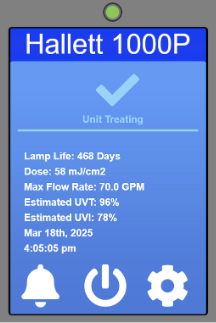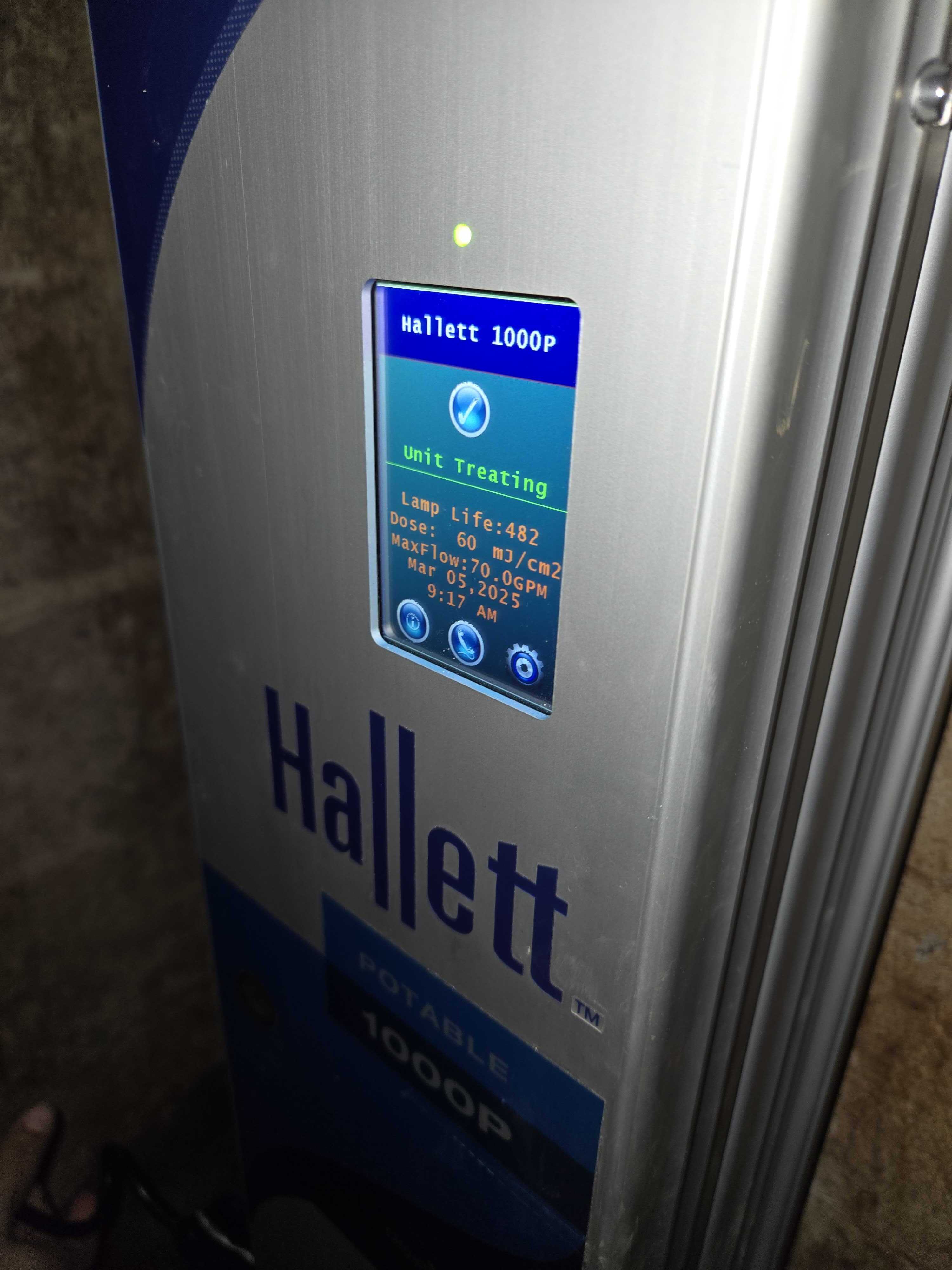.png)
Access to safe drinking water is a fundamental human right. Yet, in the United States, low-income communities face disproportionate exposure to poor water quality and dangerous contaminants. Legionnaires’ disease - the leading cause of waterborne disease in the United States - has an incidence rate 2.5 times higher in low income areas than others. Low-income residents are at a particularly high risk for waterborne illness, owing to a lack of access to healthcare and health insurance, making clean water solutions a high-impact investment in their well-being.
Recognizing this gap in water quality, a leading national developer in affordable and mixed-income housing has partnered with Clear Inc., in order to improve water quality in their communities. As a fast-growing expert in water purification technology, Clear Inc. brings upgraded healthy infrastructure to communities that need it most.
This project involved a 78-unit garden-style property, built in 1982, and located in Verona, Pennsylvania. In 2024, the developer and Clear launched a collaborative initiative to integrate centralized UV water purification as part of a healthy infrastructure upgrade for the property.
.png)
.png)
Clear conducted a full assessment of the property’s water distribution system and designed the plans to integrate a UV water purification system into the property. The plans included:
The equipment was delivered in early 2025, and installation was completed in February.
To evaluate the impact of Clear’s UV purification system, water quality testing was conducted (Table 1). Clear partnered with EMSL Analytical, the leading environmental testing laboratory in the U.S., to customize a bacteriological testing protocol.

The laboratory tests revealed that incoming municipal water carried 90 CFU/mL of culturable bacteria, while the UV treated water yielded a non-detect result from the same analysis. Theseresults demonstrate the effectiveness of the UV system in eliminating bacterial contaminants. Since this test was limited to culturable bacteria, it is highly likely that even more non-culturable species, including enteric bacteria and viruses, were also reduced. Additionally, further testing showed a notable decrease in both free and total chlorine levels post-UV treatment, further improving water quality for residents and reducing plumbing corrosion.
Clear’s UV purification system is supported by a comprehensive servicing package to ensure its long-term reliability and performance. Clear’s “headache-free services” takes the burden off building management, by providing proactive maintenance and system monitoring. These services include:
The installation of Clear’s UV water purification system at this property represents a critical investment in community health. This is particularly important in low-income communities, where residents often face:
For residents, who were previously facing bacteria in their general water supply, the impact of clean, reliable water is especially significant. It means fewer sick days, better quality of life, and peace of mind knowing that their water and families are safe.
.jpg)
.jpg)

.jpg)

This project demonstrates how prioritization of the health and well-being of low income communities positions a developer as an industry leader in healthy affordable housing development. Proactive upgrades to healthy infrastructure not only enhance tenant satisfaction and quality of life, but also build a developer’s brand and reputation as a socially conscious organization. In a time where waterborne diseases like Legionella are growing exponentially and concerns over water quality continue to rise, projects like this lead the way to ensure every tenant is protected. This partnership is now providing 78 low-income families with improved water quality.
On a broader level, the water purification project described here reflects a future-thinking approach to affordable housing that strongly upholds the core values of the U.S. Department of Housing and Urban Development (HUD): equity, quality housing, and the well-being of underserved communities. By proactively addressing waterborne pathogens at the building level, this initiative forms a reproducible model for enhancing health outcomes in affordable housing. Here, we demonstrate how strategic upgrades to housing infrastructure can directly improve the quality of life for low-income families, while achieving HUD’s goals for healthy housing, and setting a new precedent for the integration of public health considerations into long-term planning for affordable communities.
Following the success of this project, Clear and their new partner are excited to continue expanding clean water initiatives to more properties—ensuring that all residents, regardless of income, have reliable access to water they can trust.
